4.4: Stretch It Out
- Page ID
- 2390
\( \newcommand{\vecs}[1]{\overset { \scriptstyle \rightharpoonup} {\mathbf{#1}} } \)
\( \newcommand{\vecd}[1]{\overset{-\!-\!\rightharpoonup}{\vphantom{a}\smash {#1}}} \)
\( \newcommand{\id}{\mathrm{id}}\) \( \newcommand{\Span}{\mathrm{span}}\)
( \newcommand{\kernel}{\mathrm{null}\,}\) \( \newcommand{\range}{\mathrm{range}\,}\)
\( \newcommand{\RealPart}{\mathrm{Re}}\) \( \newcommand{\ImaginaryPart}{\mathrm{Im}}\)
\( \newcommand{\Argument}{\mathrm{Arg}}\) \( \newcommand{\norm}[1]{\| #1 \|}\)
\( \newcommand{\inner}[2]{\langle #1, #2 \rangle}\)
\( \newcommand{\Span}{\mathrm{span}}\)
\( \newcommand{\id}{\mathrm{id}}\)
\( \newcommand{\Span}{\mathrm{span}}\)
\( \newcommand{\kernel}{\mathrm{null}\,}\)
\( \newcommand{\range}{\mathrm{range}\,}\)
\( \newcommand{\RealPart}{\mathrm{Re}}\)
\( \newcommand{\ImaginaryPart}{\mathrm{Im}}\)
\( \newcommand{\Argument}{\mathrm{Arg}}\)
\( \newcommand{\norm}[1]{\| #1 \|}\)
\( \newcommand{\inner}[2]{\langle #1, #2 \rangle}\)
\( \newcommand{\Span}{\mathrm{span}}\) \( \newcommand{\AA}{\unicode[.8,0]{x212B}}\)
\( \newcommand{\vectorA}[1]{\vec{#1}} % arrow\)
\( \newcommand{\vectorAt}[1]{\vec{\text{#1}}} % arrow\)
\( \newcommand{\vectorB}[1]{\overset { \scriptstyle \rightharpoonup} {\mathbf{#1}} } \)
\( \newcommand{\vectorC}[1]{\textbf{#1}} \)
\( \newcommand{\vectorD}[1]{\overrightarrow{#1}} \)
\( \newcommand{\vectorDt}[1]{\overrightarrow{\text{#1}}} \)
\( \newcommand{\vectE}[1]{\overset{-\!-\!\rightharpoonup}{\vphantom{a}\smash{\mathbf {#1}}}} \)
\( \newcommand{\vecs}[1]{\overset { \scriptstyle \rightharpoonup} {\mathbf{#1}} } \)
\( \newcommand{\vecd}[1]{\overset{-\!-\!\rightharpoonup}{\vphantom{a}\smash {#1}}} \)
\(\newcommand{\avec}{\mathbf a}\) \(\newcommand{\bvec}{\mathbf b}\) \(\newcommand{\cvec}{\mathbf c}\) \(\newcommand{\dvec}{\mathbf d}\) \(\newcommand{\dtil}{\widetilde{\mathbf d}}\) \(\newcommand{\evec}{\mathbf e}\) \(\newcommand{\fvec}{\mathbf f}\) \(\newcommand{\nvec}{\mathbf n}\) \(\newcommand{\pvec}{\mathbf p}\) \(\newcommand{\qvec}{\mathbf q}\) \(\newcommand{\svec}{\mathbf s}\) \(\newcommand{\tvec}{\mathbf t}\) \(\newcommand{\uvec}{\mathbf u}\) \(\newcommand{\vvec}{\mathbf v}\) \(\newcommand{\wvec}{\mathbf w}\) \(\newcommand{\xvec}{\mathbf x}\) \(\newcommand{\yvec}{\mathbf y}\) \(\newcommand{\zvec}{\mathbf z}\) \(\newcommand{\rvec}{\mathbf r}\) \(\newcommand{\mvec}{\mathbf m}\) \(\newcommand{\zerovec}{\mathbf 0}\) \(\newcommand{\onevec}{\mathbf 1}\) \(\newcommand{\real}{\mathbb R}\) \(\newcommand{\twovec}[2]{\left[\begin{array}{r}#1 \\ #2 \end{array}\right]}\) \(\newcommand{\ctwovec}[2]{\left[\begin{array}{c}#1 \\ #2 \end{array}\right]}\) \(\newcommand{\threevec}[3]{\left[\begin{array}{r}#1 \\ #2 \\ #3 \end{array}\right]}\) \(\newcommand{\cthreevec}[3]{\left[\begin{array}{c}#1 \\ #2 \\ #3 \end{array}\right]}\) \(\newcommand{\fourvec}[4]{\left[\begin{array}{r}#1 \\ #2 \\ #3 \\ #4 \end{array}\right]}\) \(\newcommand{\cfourvec}[4]{\left[\begin{array}{c}#1 \\ #2 \\ #3 \\ #4 \end{array}\right]}\) \(\newcommand{\fivevec}[5]{\left[\begin{array}{r}#1 \\ #2 \\ #3 \\ #4 \\ #5 \\ \end{array}\right]}\) \(\newcommand{\cfivevec}[5]{\left[\begin{array}{c}#1 \\ #2 \\ #3 \\ #4 \\ #5 \\ \end{array}\right]}\) \(\newcommand{\mattwo}[4]{\left[\begin{array}{rr}#1 \amp #2 \\ #3 \amp #4 \\ \end{array}\right]}\) \(\newcommand{\laspan}[1]{\text{Span}\{#1\}}\) \(\newcommand{\bcal}{\cal B}\) \(\newcommand{\ccal}{\cal C}\) \(\newcommand{\scal}{\cal S}\) \(\newcommand{\wcal}{\cal W}\) \(\newcommand{\ecal}{\cal E}\) \(\newcommand{\coords}[2]{\left\{#1\right\}_{#2}}\) \(\newcommand{\gray}[1]{\color{gray}{#1}}\) \(\newcommand{\lgray}[1]{\color{lightgray}{#1}}\) \(\newcommand{\rank}{\operatorname{rank}}\) \(\newcommand{\row}{\text{Row}}\) \(\newcommand{\col}{\text{Col}}\) \(\renewcommand{\row}{\text{Row}}\) \(\newcommand{\nul}{\text{Nul}}\) \(\newcommand{\var}{\text{Var}}\) \(\newcommand{\corr}{\text{corr}}\) \(\newcommand{\len}[1]{\left|#1\right|}\) \(\newcommand{\bbar}{\overline{\bvec}}\) \(\newcommand{\bhat}{\widehat{\bvec}}\) \(\newcommand{\bperp}{\bvec^\perp}\) \(\newcommand{\xhat}{\widehat{\xvec}}\) \(\newcommand{\vhat}{\widehat{\vvec}}\) \(\newcommand{\uhat}{\widehat{\uvec}}\) \(\newcommand{\what}{\widehat{\wvec}}\) \(\newcommand{\Sighat}{\widehat{\Sigma}}\) \(\newcommand{\lt}{<}\) \(\newcommand{\gt}{>}\) \(\newcommand{\amp}{&}\) \(\definecolor{fillinmathshade}{gray}{0.9}\)Facilitator Notes
When doing this lesson, please remember to remind participants to start gently to avoid injury [Ergonomics, n,d.].

National Health Education Standards (NHES)
- 1.12.1 Predict how healthy behaviors, such as being physically active, can affect health status.
- 7.12.2 Demonstrate a variety of healthy practices and behaviors, such as physical fitness activity, can maintain or improve the health of self and others.
Wellness Guidelines
- Increase frequency of physical activity
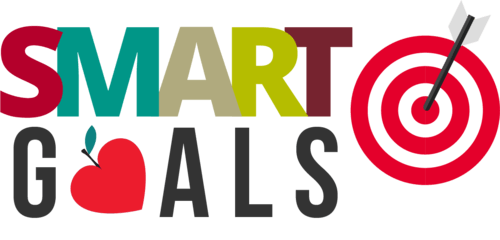
- Instruction: In a group or think-pair-share format, have participants discuss the following questions. Acknowledge those who have progressed toward their goal(s) and encourage anyone who wants to change or modify their goal to get 1:1 support.
- Share: Let’s discuss our SMART Goals.
- How is it going with your current SMART goal?
- What are some ways you can improve progress towards your goal? (Grows)
- What are some ways you are doing well with progress towards your goal? (Glows)
GUIDELINE: Increase frequency of physical activity
- Share: What guideline do you think is related to today’s lesson? Who has a SMART Goal related to this guideline?
- Instruction: Select one activity.
- Guideline Popcorn: The group lists all 8 guidelines rapidly in popcorn format.
- Guideline Charades: Divide participants into groups and assign each a guideline. Each group has to silently act out the guideline for the rest to guess.
- Two Truths and One Lie:
- Truth 1: Stretching decreases stress on your muscles.
- Truth 2: Regular physical activity increases self-esteem.
- Lie: Regular physical activity makes you more tired during the day.
- Questions to discuss and/or journal:
- What are your favorite physical activities to do?
- Where do you usually do physical activity?
- What are some exercises you want to try?
- Why might it be important to do flexibility exercises?
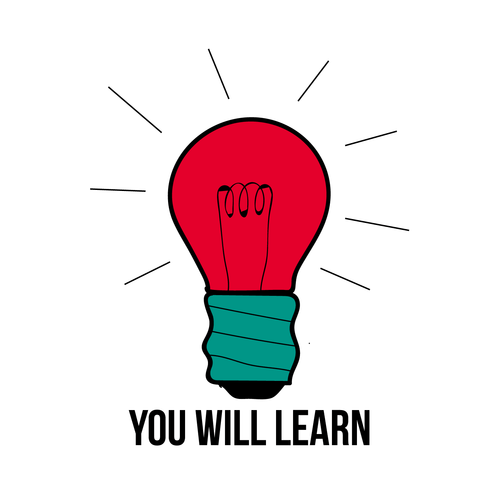
- Why flexibility is important for your mobility and recovery.
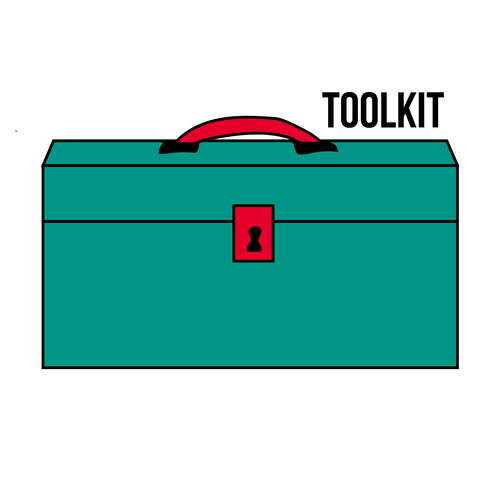
- Worksheets
- Slide presentation
- Dynamic & Static Stretching Handout
- Deck of yoga cards
- A bell (or something that can make a sound)
- Optional: Yoga mats
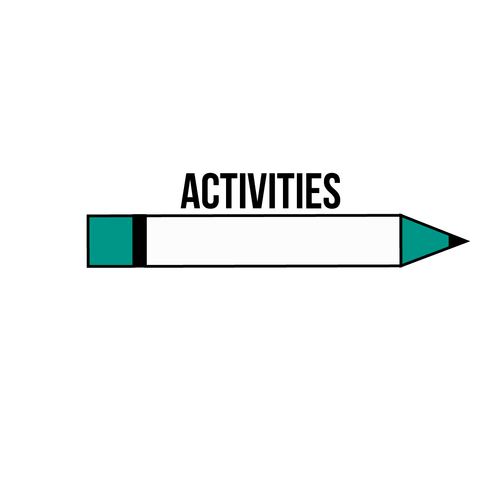
[As defined by HHS, 2012; American College of Sports Medicine, 2016; Merriam-Webster Dictionary, n.d.]
- Fitness: Ability to do daily tasks with energy and without getting tired.
- Flexibility: Exercises that improve the ability of a joint to move through its full range of motion.
- Static stretching: Stretching a muscle (or group of muscles) to its farthest point (such that a stretching sensation is felt) and then holding that position. 10 to 30 seconds of static stretching is recommended to improve flexibility.
- Dynamic stretching: Moving parts of your body through their full range of motion. Often, the reach, or speed of movement, or both are gradually increased.
- Mobility: The quality or state of being mobile or movable.
- Recovery: The act or process of regaining or returning to a normal or usual state.
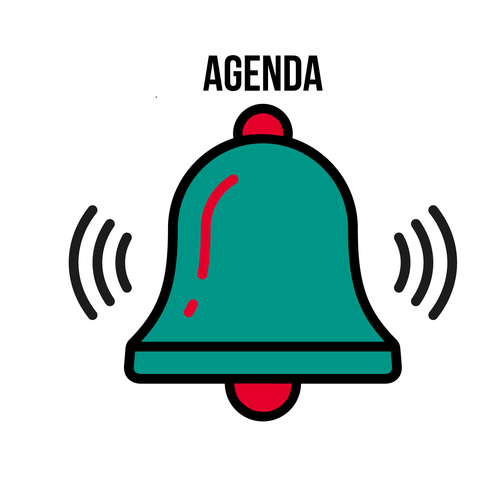
- Do Now
- Flexibility & Mobility
- Dynamic & Static Stretching
- Say Yes to Yoga
- Exit Ticket

Do Now:
- Instruction:
- Have participants answer the following questions on their worksheet or by sharing out loud.
- How often do you stretch before and after you exercise and for how long?
- A lot of us can’t stretch every day. What keeps you from stretching every day?
- Lack of time
- Not sure how to stretch
- Forget to stretch
- Why might stretching be good for you?
- Have participants answer the following questions on their worksheet or by sharing out loud.
Good to Know: Flexibility & Mobility
- Share:
- Stretching helps us get ready to do all the things we like to do in our everyday lives, like playing sports, participating in extracurricular activities, or simply helping with home chores.
- Flexibility is an important part of our fitness. Fitness is the ability to do daily tasks with energy and without getting tired.
- Flexibility improves the ability of our joints to move through their full range of motion. Flexibility helps our mobility or our quality or state of being mobile or movable.
- Stretching also helps with our recovery after exercise. Recovery is the act or process of regaining or returning to a normal or usual state. When we are able to move our arms, legs, hips, and backs with ease, it helps prevent injuries, like sprains and strains.
- There are two kinds of stretching: dynamic and static.
- Dynamic stretching consists of moving parts of your body through their full range of motion. Often, the reach, or speed of movement, or both are gradually increased (American College of Sports Medicine, 2016).
- Meanwhile, static stretching involves moving a muscle (or group of muscles) to its farthest point (such that a stretching sensation is felt) and then holding that position. It is the most common type of stretching, and 10 to 30 seconds of static stretching is recommended to improve flexibility (American College of Sports Medicine, 2016).
- Today, we’ll be looking at how you can become more flexible and find some static and dynamic stretches that you can do as part of your warm up and cool downs or to just stay agile.
- Share:
- Exercises that improve flexibility are ones that improve the ability of a joint to move through its full range of motion (HHS, 2008). When a person is flexible, it is easy for him or her to move, bend, and stretch.
- Try to touch your toes. Did you bend your knees? If you’re flexible, then you shouldn’t need to.
- Try it again. Does your flexibility increase the more you try? Yes!
- Pretend you are putting sunscreen on your back. Can you do it? Depending on how flexible you are, then you may or may not be able to do it.
- Share
- How does being flexible help you complete your daily activities?
- Example responses include:
- Reaching for/grabbing/lifting items
- Decreasing back pain
- Getting out of bed
- Sweeping floor
- Example responses include:
- Predict two ways that being flexible affects your health.
- Example responses include (Warburton, 2006):
- Reduce muscle injuries
- Improve athletic performance
- Increase joint range and motion
- Increase blood flow to muscles
- Example responses include (Warburton, 2006):
- How does being flexible help you complete your daily activities?
Hands-On: Dynamic & Static Stretching
- Share:
- So, when should we stretch? Before and after physical activity!
- What kind of stretches should we do before physical activity: dynamic or static?
- Traditional, or "static," stretching, before activity, may lead to decreased muscle strength and performance (Page, 2012).
- Meanwhile, dynamic stretching is a great way to increase blood flow to our tissues, warm-up our muscles, and safely increase our heart rate (Warburton, 2006).
- Consider doing dynamic stretches before and static stretching after a workout.
- Let’s practice some dynamic stretching now.
- Instruction:
- Refer to the Dynamic & Static Stretches Handout to demonstrate the stretches.
- Have participants do each stretch along with you.
- Side shuffle: youtu.be/rr-dch4oFRM
- Karaoke: youtu.be/xqaAjeQNAp4
- Backpedal jog: youtu.be/AxUvSfF6Ke0
- High knees: youtu.be/oDdkytliOqE
- Straight leg kick: youtu.be/22TFZuHAs6Y
- Heel to rear jog: youtu.be/-dtvAxibgYQ
- Power skips: youtu.be/OZyxLn80Aus
- Share:
- Now we will practice some static stretching.
- Instruction:
- Refer to the Dynamic & Static Stretches Handout to demonstrate the stretches.
- Have participants do each stretch along with you.
- Arms/shoulders: youtu.be/cWaxxvYsgcY
- Legs: youtu.be/yfrtzuWBwkc
- Quadriceps
- Hamstring
- Calf
- Neck: youtu.be/CaPRFm3EZWY
- Back: youtu.be/CO3racIlTcg
- Upper & mid extensors
- Lower extensors & buttocks
Real World Relevance: Say Yes to Yoga
- Share:
- Do you know how long people have been doing yoga? More than 5,000 years!
- Yoga is a system of exercises to improve not only your physical health but your mental health. By practicing yoga, you can not only stretch, but release tension in your body by holding different “asanas” (Aa-Suh-Na), or poses, and in your mind with “ujjayi” (U-JjA-Yi), or deep breathing.
- This type of breathing has two steps. First, inhale quietly through your nose, fill your lungs and exhale constricting your throat like you are fogging up a mirror.
- Some fun facts about yoga include (CDC, 2017):
- The word yoga comes from an ancient language and means yoke or unites—to bring together your body, mind, and spirit.
- A “yogin” is a male student while a “yogini” is a female student.
- Many yoga poses are based on animals and the different postures they do in nature.
- Yoga has become very popular and is a great way to strengthen your abilities by increasing flexibility, staying power (endurance), and your ability to focus.
- While there are so many physical activities that build your muscles and strength, but many times, other parts of your body are left out.
- Because yoga is a full body workout, it can help check any imbalances in your muscles.
- Yoga strengthens, tones, and stretches your muscles, helping to increase your flexibility. And as we have learned if your body is flexible you will be less likely to get injured.
- Yoga incorporates both static and dynamic stretching too!
- And if that isn’t enough to convince you to try yoga, it also can help you concentrate better and feel less stressed out.
- When do we practice yoga? Many of the yoga poses or postures can be done anywhere at any time—even taking 10-15 minutes each day to practice yoga can help you become more flexible and less stressed (NIH, 2013).
- Share:
- Now, we’ll go over some basic yoga poses.
- Find a place to sit in the room where you feel comfortable and won’t be distracted.
- Look for a space that is large enough for you to stretch upwards as well as to the sides.
- While you are doing the stretches, remember to inhale when you try upward and expanded movements, and exhale during downward or forward bending motions.
- Instruction:
- The display on the board or projector or hand each participant a yoga card (refer to hand out) and have them practice that one (1) pose for 1-2 minutes.
- Tell them to concentrate on each position while practicing the ujjayi” (U-JjA-Yi), or deep breathing. It is important for them to move slowly making controlled movements until they feel their muscles tensing and resisting (they should feel their muscles stretching, not straining).
- Now ask each participant to turn to the person on their right or left and teach each other the poses they just learned.
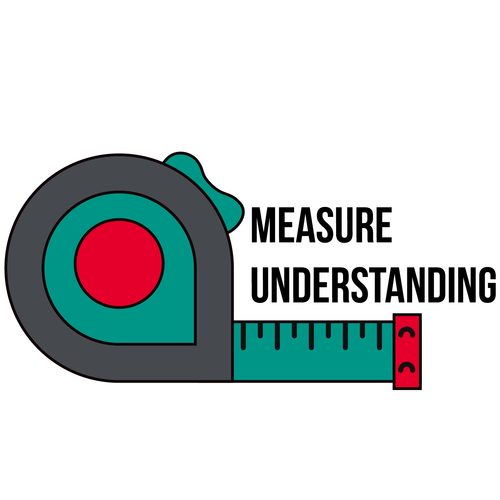
Exit Ticket:
- Instruction:
- Have participants write on their worksheet or share out loud the following question(s).
- What type of stretches (dynamic or static) do you normally do and why?
- What were some of your favorite stretches/yoga poses from today?
- What are some ways you are going to add stretches to your routine?
- Have participants write on their worksheet or share out loud the following question(s).
Bibliography
- American College of Sports Medicine. (2016). Improving Your Flexibility and Balance. Retrieved From: http://www.acsm.org/public-informati...ty-and-balance
- Centers for Disease Control and Prevention. (2017). Yoga activity card. Retrieved From: https://www.cdc.gov/bam/activity/cards/yoga.html
- NIH: National Center for Complementary and Integrative Health. (2013). Yoga: In Depth. Retrieved From: https://nccih.nih.gov/health/yoga/introduction.htm
- The University of Virginia. (n.d.). Ergonomics. Retrieved From: http://ehs.virginia.edu/Ergonomics-Dynamic.html
- U.S. Department of Health and Human Services. (2008). 2008 Physical Activity Guidelines for Americans. Retrieved From: https://health.gov/paguidelines/pdf/paguide.pdf
- Warburton DER, Nicol CW, Bredin SSD. (2006). Health benefits of physical activity: the evidence. CMAJ : Canadian Medical Association Journal 174(6):801-809.
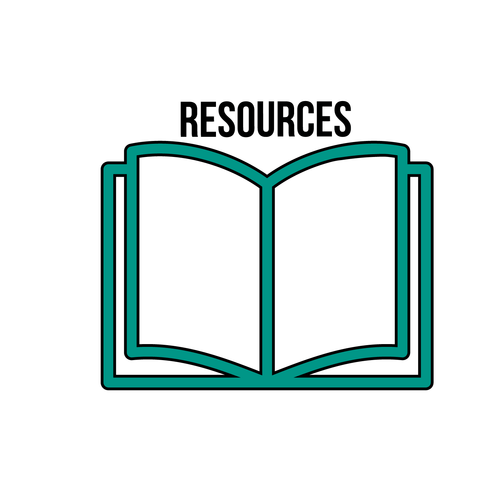
- Yoga with Adriene. (2013). Yoga for Complete Beginners. Retrieved From: youtu.be/v7AYKMP6rOE
- HASfit. (2012). Dynamic stretching warm-up exercises. Retrieved From: youtu.be/uW3-Ue07H0M
- HASfit. (2016).15 Min static stretching exercises for beginners. Retrieved From: youtu.be/yOxDeD4sPcE
This lesson was created in partnership with Albert Einstein College of Medicine Department of Epidemiology and Population Health with funding support by the National Institutes of Health NIDDK Grant R01DK097096.

